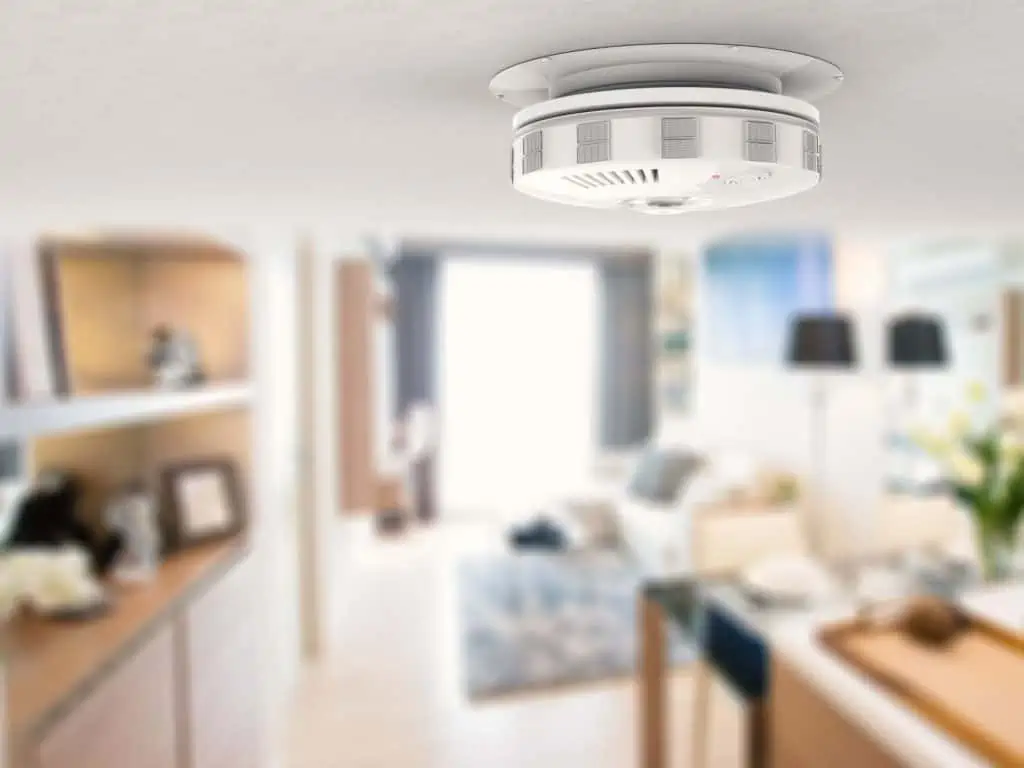Today marks the start of Carbon Monoxide Awareness Week (21-27 November) and we are reminding our local communities about the dangers of carbon monoxide (CO) and the new laws surrounding alarms.
Households are desperate to keep costs down and energy prices rise and the cost-of-living-crisis bites. But cutting corners costs lives, and it is important not to place you and your household at risk when it comes to keeping warm.

Carbon monoxide is a poisonous gas that is produced when fossil fuels burn inefficiently.
The most common sources are faulty boilers, gas fires and cookers. Known as the silent killer, due to its lack of colour, taste and smell, CO is invisible to the human senses, which is why CO alarms are so important. For further advice on what to look for when buying a CO alarm, visit these pages.
Each year in the UK alone, over 200 people are hospitalised with suspected CO poisoning, which leads to around 60 deaths.
However, there are some simple steps you can take to stay safe, and help is at hand.
Check out the following tips below and follow #COAW online for updates.
Emergency number – Firstly, if you suspect a CO leak in your home, you should first call the emergency Gas Safety Board number – 0800 111 999. This number is available 24/7 and is ready for emergencies.
New laws – In England and Wales, landlords have a duty of care to make sure Carbon Monoxide alarms are installed where required in rental properties. In Scotland, all homes are required to have a Carbon Monoxide alarm where there is a fuel burning appliance, except those used solely for cooking. Read more here.
Never cut corners – Saving on safety can have fatal consequences. Never use outdoor cooking or heating equipment inside. Limited airflows indoors can allow CO to build up very quickly to deadly levels.
Always employ a professional to install and maintain appliances and ensure they are serviced every year.
Ventilation – Always ventilate your cooking area, avoid blocking vents and open windows when vehicle traffic is low outside.
Signs and symptoms – They symptoms of CO poisoning are not always obvious and can often be mistaken for flu-like illnesses. Here are some examples:
- Tension-type headache
- Nausea
- Dizziness
- Breathlessness
- Collapse and loss of consciousness
For more help and support about staying safe from CO visit these pages.